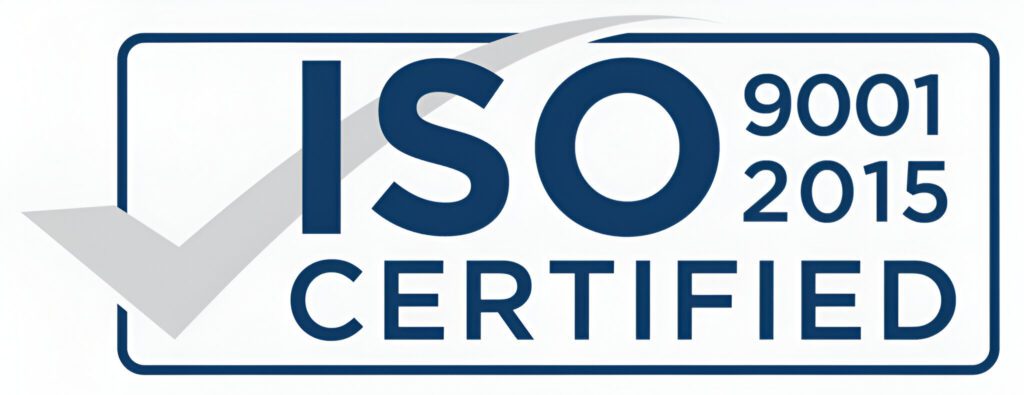A successful sales funnel isn’t just about the right steps; it’s about understanding why buyers take action. By leveraging buyer psychology, you can create a funnel that naturally guides prospects toward conversion. Let’s dive into how psychological principles can optimize your sales funnel and boost your results.
1. Understanding the Buyer’s Journey
Every customer goes through a mental process before making a purchase. This journey includes:
- Awareness: Recognizing a problem or need.
- Consideration: Exploring possible solutions.
- Decision: Making a purchase choice.
Your funnel should cater to each of these stages by providing relevant content and nurturing trust.
2. Using Cognitive Biases to Your Advantage
Psychology teaches us that people don’t always make rational decisions. They rely on subconscious biases that influence their buying behavior. Here are key biases to leverage:
A. Social Proof
People tend to follow the crowd. Use testimonials, case studies, and user-generated content to build credibility. Example: “Join 10,000+ satisfied customers who have transformed their business with our solution!”
B. Scarcity & Urgency
People fear missing out (FOMO). Limited-time offers and low-stock warnings can encourage quick action. Example: “Only 3 spots left – Enroll before midnight!”
C. Authority Bias
Consumers trust experts and influencers. Featuring endorsements or showcasing credentials can increase credibility. Example: “As seen in Forbes, Entrepreneur, and The New York Times.”
D. Reciprocity
When you give something valuable for free, people feel inclined to give back. Offer a free eBook, webinar, or trial to build goodwill.
3. Optimizing Your Funnel for Psychological Impact
Now that we understand the principles, let’s apply them at each funnel stage:
Top of Funnel (Awareness) – Grabbing Attention
- Use emotionally compelling headlines.
- Offer free resources (guides, quizzes, webinars) to attract leads.
- Use storytelling to create emotional connections.
Middle of Funnel (Consideration) – Building Trust
- Provide case studies and social proof.
- Use email sequences to nurture leads with valuable insights.
- Segment your audience and personalize messaging.
Bottom of Funnel (Decision) – Encouraging Action
- Use urgency (limited-time discounts, bonuses).
- Offer risk-reducers (money-back guarantees, free trials).
- Provide clear, persuasive calls-to-action (CTAs).
4. The Power of Personalization
People crave personalized experiences. Use data-driven insights to tailor content and recommendations based on user behavior. Example: E-commerce stores recommending products based on browsing history.
5. Simplifying the Path to Purchase
A complicated checkout process can deter buyers. Reduce friction by:
- Limiting form fields.
- Offering multiple payment options.
- Using progress indicators to show steps left.
Final Thoughts
A high-converting sales funnel isn’t just about structure—it’s about tapping into buyer psychology. By understanding how people think and what drives their decisions, you can create a seamless experience that moves them effortlessly from prospect to customer.
Ready to optimize your funnel? Start implementing these psychological principles today and Contact us Now!


